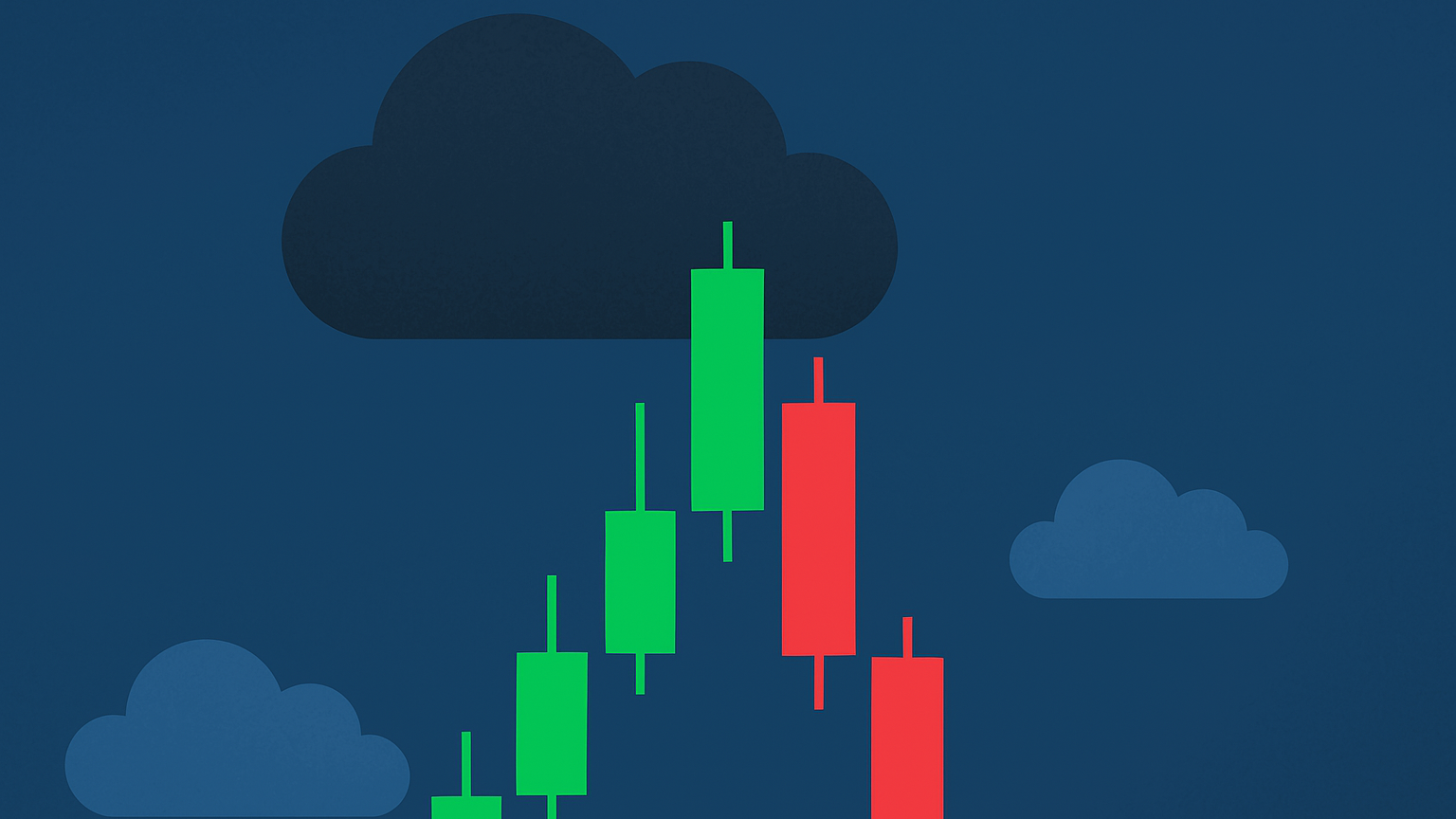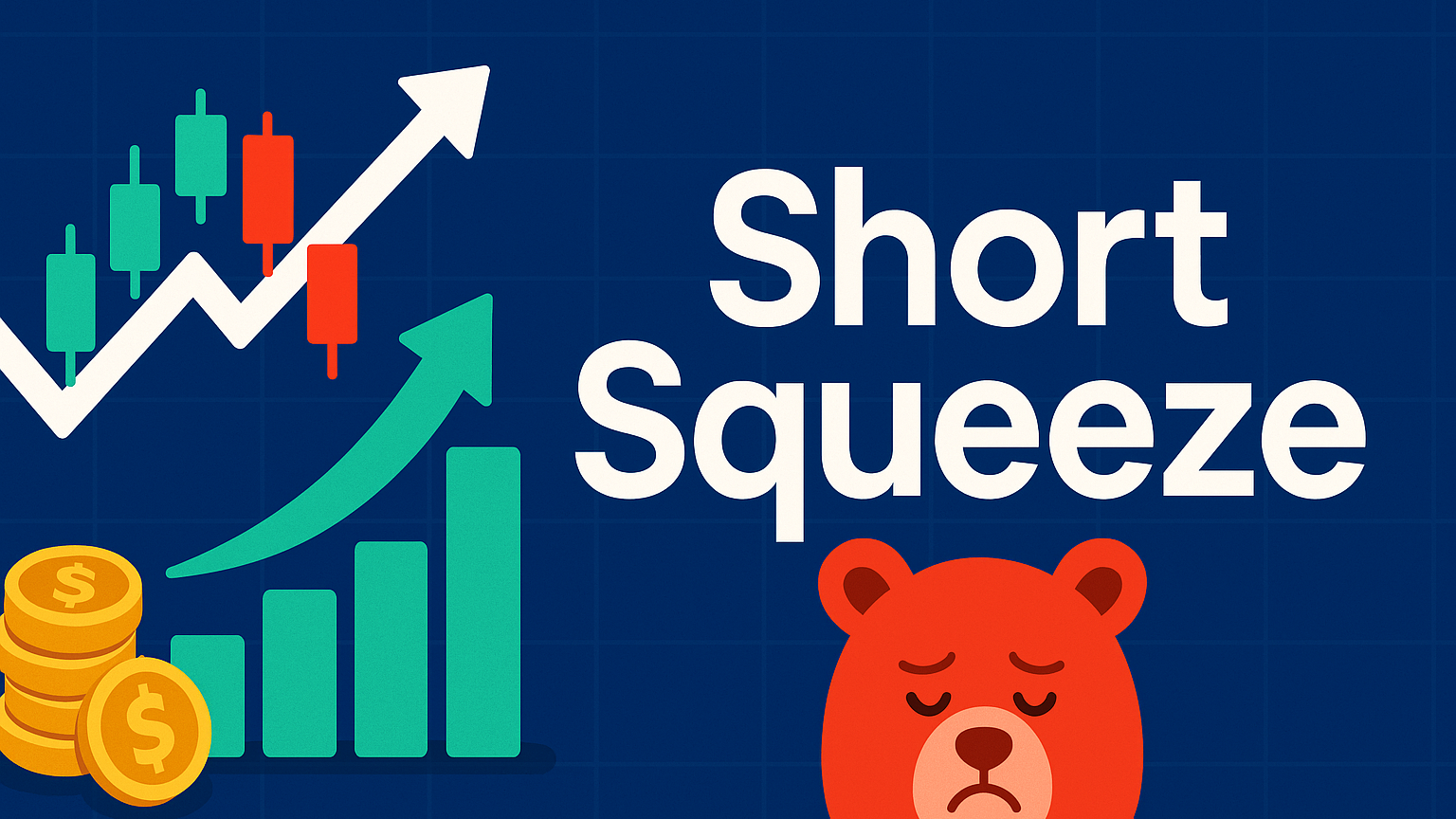Explore how volatility skew patterns reflect market sentiment and can guide traders in their strategies for price movements.
Volatility skew patterns can reveal market sentiment and help predict price movements. Here's what you need to know:
- Forward skew (higher IV in OTM calls): Signals bullish sentiment, common in commodities.
- Reverse skew (higher IV in OTM puts): Indicates bearish sentiment, typical in equities.
- Volatility smile (high IV in OTM calls and puts): Suggests uncertainty across markets.
Modern platforms like LuxAlgo provide real-time market metrics that simplify skew analysis. For example:
- LuxAlgo integrates with TradingView, offering real-time metrics like volatility, trend strength, and price action signals.
- Market Chameleon visualizes IV smiles across expiry dates.
- Amberdata tracks skew shifts with constant maturity and normalized IV charts.
Quick Comparison
| Tool | Key Features | Best For |
|---|---|---|
| LuxAlgo | Real-time skew metrics, AI backtesting | Comprehensive market analysis |
| Market Chameleon | IV comparisons across timeframes | Visualizing IV changes |
| Amberdata | Constant maturity and ATM IV charts | Long-term sentiment tracking |
Key takeaway: Traders can use skew patterns to refine strategies:
- Day traders: Focus on 0DTE skew for quick sentiment shifts.
- Swing traders: Use 1-month skew for medium-term trend confirmation.
- Institutional traders: Track 3-month skew to assess long-term risks.
Volatility skew analysis, when combined with platforms like LuxAlgo, helps traders navigate market trends and manage risk effectively.
Skew 101: The Options Signal Every Trader Needs to Know
1. LuxAlgo Platform Features
The Signals & Overlays (S&O) toolkit from LuxAlgo offers traders a dashboard packed with real-time metrics to analyze market volatility and directional bias. This setup makes it easier to interpret market movements and adjust strategies accordingly.
Here’s a breakdown of the key metrics featured in the S&O dashboard:
| Metric | Purpose | Trading Insight |
|---|---|---|
| Lux Volatility | Distinguishes between stable and volatile market phases | Alerts traders when volatility hits extreme levels |
| Trend Strength | Measures trend intensity as a percentage | Over 50% suggests a trending market; lower values point to a ranging market |
| Squeeze | Tracks price compression | Highlights potential opportunities for market movement |
| Volume Sentiment | Gauges buying and selling pressure | Can signal possible reversals |
The Price Action Concepts (PAC) toolkit complements this by automating pattern detection and analyzing market structures. Its order block system pinpoints critical support and resistance levels where volatility patterns often develop.
One standout feature in the S&O dashboard is the Optimal Sensitivity metric. Fine-tuned over the last 250 bars, it adapts to current market conditions, offering traders a sharper edge when refining their strategies.
The PAC Backtester takes things further. Using a Step & Match algorithm, it builds intricate entry rules tailored to various volatility conditions. It also supports custom alerts for trade entries and exits, helping traders stick to their plans.
Thanks to its integration with TradingView, LuxAlgo combines these advanced features with traditional technical analysis tools, creating a powerful setup for analyzing volatility and identifying market trends effectively.
2. Standard Market Analysis Tools
Modern trading platforms offer various ways to analyze volatility skew, with three standing out as leaders in this area.
Market Chameleon is known for its ability to visually represent implied volatility. One standout feature is its chart that combines multiple expiration dates, making it easier for traders to compare IV smiles across timeframes and predict possible changes in option pricing.
Menthor Q focuses on analyzing skew patterns over different timeframes, including 0DTE (same-day expiration), 1-month, and 3-month periods. This helps traders understand both short-term and longer-term market sentiment shifts.
Amberdata offers two specific tools for skew analysis:
| Tool Type | Purpose | Trading Application |
|---|---|---|
| Constant Maturity Charts | Track sentiment changes over consistent periods | Spot ongoing directional biases in the market |
| Normalized ATM IV Charts | Compare skew against at-the-money IV | Identify irregularities in option pricing |
However, even with these advanced tools, standard models like Black-Scholes come with limitations. These models assume constant volatility and risk-free rates, which can lead to inaccurate pricing for at-the-money or extreme options.
To address these shortcomings, experienced traders often:
- Combine skew analysis with other technical indicators.
- Watch for changes in both implied volatility levels and the shape of the skew.
- Factor in market fundamentals when interpreting skew data.
These methods provide a solid starting point, but advanced platforms can refine strategies further. For example, a consistently positive skew often signals bullish sentiment, while a negative skew points to bearish sentiment.
Tool Comparison Results
The analysis shows notable differences in features, integrations, and pricing. LuxAlgo stands out with three backtesting solutions on TradingView, along with an AI Backtesting Assistant. This setup helps traders analyze directional bias using skew patterns, building on earlier discussions about volatility skews.
LuxAlgo's integration with TradingView allows users to combine skew insights with other technical indicators, simplifying the process of analyzing multiple data points for informed market decisions.
LuxAlgo also offers a range of subscription plans to cater to different needs:
| Feature Category | LuxAlgo Essential ($24.99/mo) | LuxAlgo Premium ($39.99/mo) | LuxAlgo Ultimate ($59.99/mo) |
|---|---|---|---|
| Basic Indicators | ✓ | ✓ | ✓ |
| Advanced Signals | – | ✓ | ✓ |
| AI Backtesting | – | – | ✓ |
| Community Support | Basic | Enhanced | Priority |
These subscription plans are designed to help users manage risk and predict market trends effectively. Feedback highlights the platform's ability to deliver clear market insights and dependable technical support. While traditional tools have their strengths, LuxAlgo offers a comprehensive solution for market prediction and risk management.
Summary and Recommendations
Traders have different needs when it comes to analyzing volatility skew, and tailoring the approach can improve market positioning.
Day traders should prioritize analyzing 0DTE skew to quickly spot shifts in market sentiment and recognize patterns at a fast pace. The Essential plan’s price action signals are particularly helpful for making these short-term decisions.
Swing traders benefit from focusing on 1-Month skew patterns to evaluate medium-term risks and confirm trends. The Premium plan’s technical indicators are especially useful for identifying skew patterns, such as when considering bullish plays with short-dated calls.
Institutional traders need to monitor 3-Month skew for assessing long-term risks. The Ultimate plan’s AI Backtesting Assistant is designed for this purpose, validating strategies across various market conditions while emphasizing the relationship between skew shifts and trading volume.
| Trader Type | Recommended Skew Analysis | Key Focus Areas |
|---|---|---|
| Day Traders | 0DTE Skew | Immediate sentiment shifts, quick recognition |
| Swing Traders | 1-Month Skew | Medium-term risk, trend confirmation |
| Institutional | 3-Month Skew | Long-term risks, volume correlation |
These tailored methods help traders refine hedge ratios and incorporate skew analysis into their strategies. For example, a major shift in skew—from positive to negative—might call for more aggressive hedging. Combining skew analysis with other technical indicators offers a better understanding of market trends and potential price changes.







